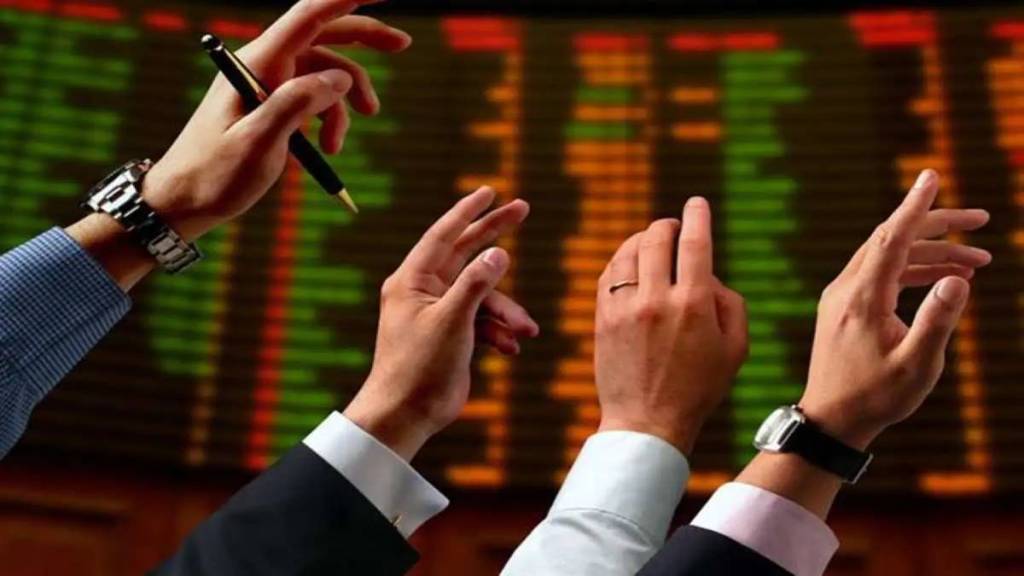Bloomberg: Some of the world’s biggest investors are looking beyond interest-rate hikes, bank failures and the threat of recession to one of the greatest fears of all money managers — missing out on the next big rally.
For trillion-dollar investment groups Franklin Templeton, Invesco and JPMorgan Asset Management, the accelerating financial instability seen in Silicon Valley Bank, Credit Suisse Group AG and First Republic Bank are cues to speed up preparations.
They’re convinced that an impending slowdown in the US and elsewhere will prompt central banks to switch back to looser policy, triggering a renewed surge higher in markets.
“If you miss the start of the rally, you miss the bulk of the returns,” said Wylie Tollette, chief investment officer of Franklin Templeton Investment Solutions, a unit of the $1.4 trillion fund manager. “It’s very difficult to catch up if you miss the first week or two. Sometimes it’s just days.”
That imperative has large investors bulking up on longer-dated bonds, eying big losers of the past year like tech stocks and selectively buying riskier assets like private credit.
“Fixed income is back,” said Tollette from Hong Kong on a trip across Asia to meet large investors. His firm is adding longer-maturity government bonds from the US, UK and Germany.
JPMorgan’s investment arm has bought more long-dated Treasuries for fixed-income portfolios in recent weeks despite the prospect of losses should interest rates pop back higher. The danger of holding too few bonds when the Federal Reserve pivot sparks a rally outweighs any near-term depreciation, said Bob Michele, who as chief investment officer helps oversee $2.5 trillion in assets.
“My greatest concern is not that we buy now and yields go up another 50 basis points,” he said, noting that prices are still around the cheapest since the financial crisis. The bigger worry for him is being out of the market when the tide turns.
Australian Retirement Trust, one of the nation’s largest pensions with $159 billion in assets, is another investor that has bought back into government debt this month.
“We’ve reset to a neutral position in fixed income across the fund,” said Andrew Fisher, head of investment strategy for ART. The pension expects to move to an overweight position when yields go a little higher.
Invesco, which oversees $1.4 trillion in assets, anticipates the Fed will pause in the coming months before pivoting to an easing cycle later this year, triggering an equity market rally.
“If the downturn to the economy occurs in the back half of 2023, the stock market will be looking out to a recovery in 2024,” said Kristina Hooper, the fund manager’s chief global market strategist. “Tech names react very well to yields going down, which is a positive overall for equities.”
Invesco will look to an overweight position in cyclical stocks and small-caps when signs of a Fed pivot become clearer, and to drop its cautious footing in large-caps and defensive sectors, like utilities and consumer staples. Traders in futures based on the Federal Reserve’s funds rate are already positioning for cuts to borrowing costs in the second half of this year.
Stocks with low price-to-earnings ratios in developed markets like Europe, the UK and Australia offer attractive opportunities, according to Rob Arnott, chairman and founder of Research Affiliates LLC.
“I would have risk exposure in non-US markets both developed and emerging,” he said. He points to UK stocks, which trade at a price-to-earnings ratio of around 10 compared to almost 18 for the S&P 500, as a mismatch in valuations investors could exploit.
Franklin Templeton is preparing to shift from an underweight to neutral holding of stocks to avoid missing out on the early stages of a rally.
Data from JPMorgan show that investors who were absent for the S&P 500’s 10 best days in the two decades through 2022 received half the gains of those who were in the market for the entire period.


